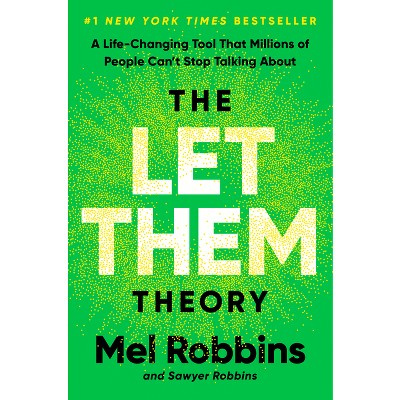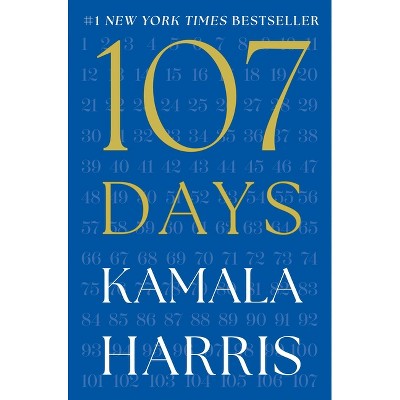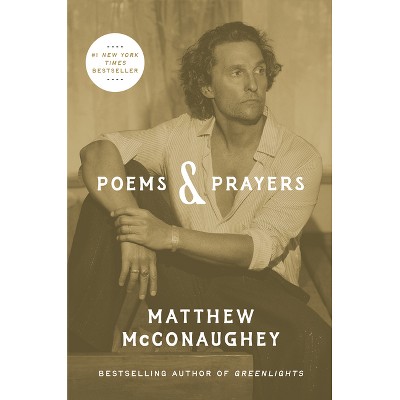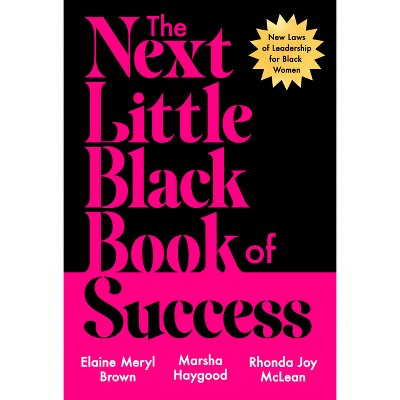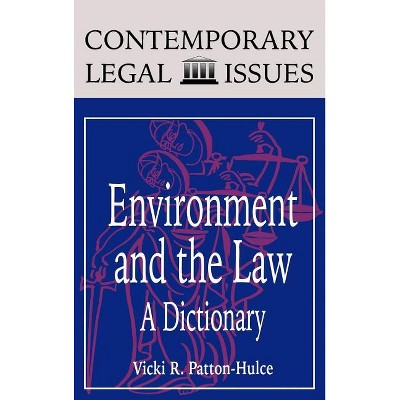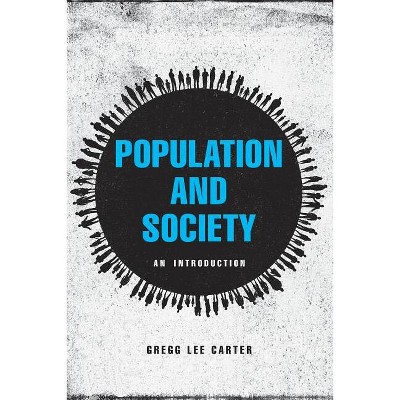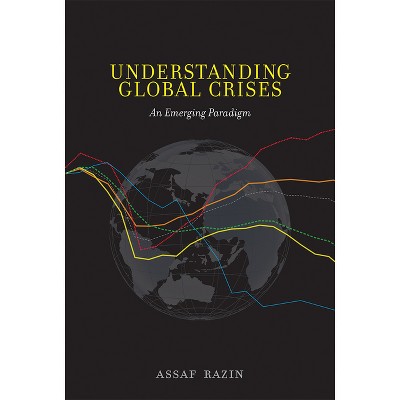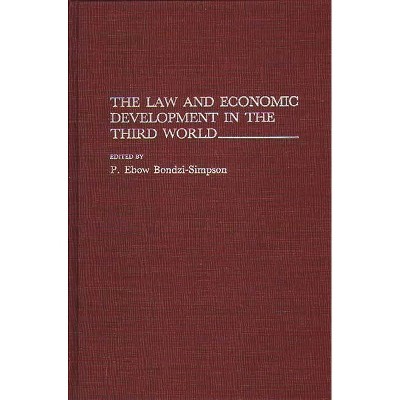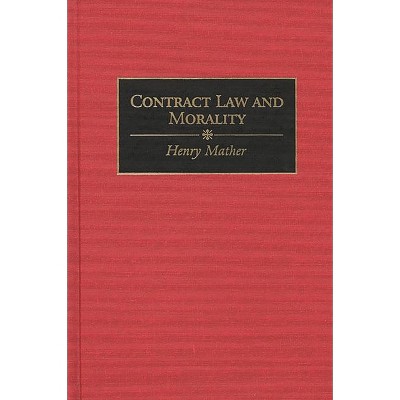Sponsored

Population, Law and the Environment - by Robert Hardaway (Hardcover)
In Stock
Sponsored
About this item
Highlights
- A point-counterpoint challenge of the views expressed by Vice President Al Gore in Earth in the Balance, this important study questions current assumptions about the cost and effectiveness of environmental laws and policies, revealing the crucial link between programs of population control and long-term environmental goals.
- About the Author: ROBERT M. HARDAWAY is Professor of Law at the University of Denver College of Law.
- 192 Pages
- Social Science, Demography
Description
About the Book
A point-counterpoint challenge of the views expressed by Vice President Al Gore in Earth in the Balance, this important study questions current assumptions about the cost and effectiveness of environmental laws and policies, revealing the crucial link between programs of population control and long-term environmental goals. Governmental policy on the environment, as well as private environmental action, has typically been curative and reactive in nature--directed towards cleaning up past disasters and limiting the types and amounts of pollutants emitted. But what is the cost-effectiveness of such policies at a time when the population of the world continues to expand at an exponential rate? And what should be the role of population control in environmental policy? Robert Hardaway explores these issues and questions, refocusing attention on the importance of population growth to environmental quality. Synthesizing contemporary population theories in the context of environmental policy, Hardaway relates population, law, and the environment to abortion, immigration, education, and economic regulation.
Book Synopsis
A point-counterpoint challenge of the views expressed by Vice President Al Gore in Earth in the Balance, this important study questions current assumptions about the cost and effectiveness of environmental laws and policies, revealing the crucial link between programs of population control and long-term environmental goals. Governmental policy on the environment, as well as private environmental action, has typically been curative and reactive in nature--directed towards cleaning up past disasters and limiting the types and amounts of pollutants emitted. But what is the cost-effectiveness of such policies at a time when the population of the world continues to expand at an exponential rate? And what should be the role of population control in environmental policy? Robert Hardaway explores these issues and questions, refocusing attention on the importance of population growth to environmental quality. Synthesizing contemporary population theories in the context of environmental policy, Hardaway relates population, law, and the environment to abortion, immigration, education, and economic regulation.Review Quotes
"Professor Hardaway has given us a scholarly and readable book about the most important issues which face humankind."-Richard D. Lamm, Director Center for Public Policy and Contemporary Issues University of Denver
"The law can provide an overarching discipline to disparate subjects. For too long specialists concerned with population growth, environmental degradation, and migration pressures have conducted independent and even mutually hostile approaches to overlapping topics. Pro legal perspective brings out inherent relationships and restores a much needed unity of approach to a central problem of our tormented century--the recent exponential growth in human numbers."-Malcolm Potts, MB, BChir, PhD Bixby Professor, Population and Family Planning University of California, Berkeley
About the Author
ROBERT M. HARDAWAY is Professor of Law at the University of Denver College of Law. He has authored or coauthored articles in law reviews and newspapers, and well as a number of books, including Airport Regulation, Law, and Public Policy (Quorum, 1991) and The Electoral College and the Constitution (Praeger, 1994).Shipping details
Return details
Frequently bought together


Trending Non-Fiction
